
|
|
|
|
Summer 2010 REU Projects
|
Icon
|
Project type and supervisor
|
Project title and brief description
(Click title for
details)
|
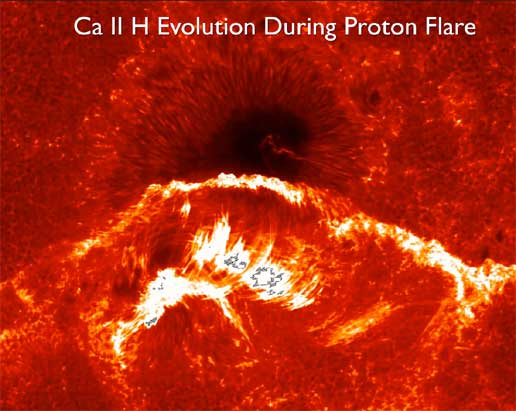
|
Data analysis with
Angela Des Jardins
and
Richard Canfield
|
The Magnetic Nature of Solar Flares
Due to its dynamic activity, the sun has a great impact on everyday lives in our natural and technological world.
A direct hit by a coronal mass ejection, and the associated flare effects, can knock out satellites.
The student will analyze observations of this flare
to learn about how X-rays are produced in solar flares and how
X-ray images and magnetic topology can help us understand flare
initiation and evolution. |
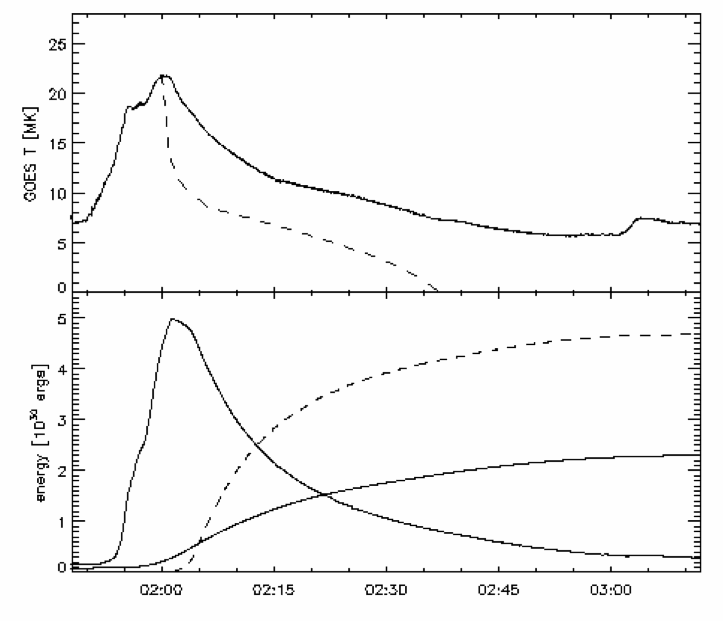
|
Theory and modeling with
Dana
Longcope
|
Heating and Cooling in a Solar Flare
A solar flare is a sudden conversion of energy from magnetic energy into other forms. As
a result of the conversion, high-temperature coronal plasma is heated and evaporated, it
then cools as it radiates X-rays. Observations suggest that energy is being released continually during the life
of a flare . The student will assemble a collection of X-ray observations and use them to
infer the energy-input profile. A newly developed model for energization will be used to interpret this data.
|
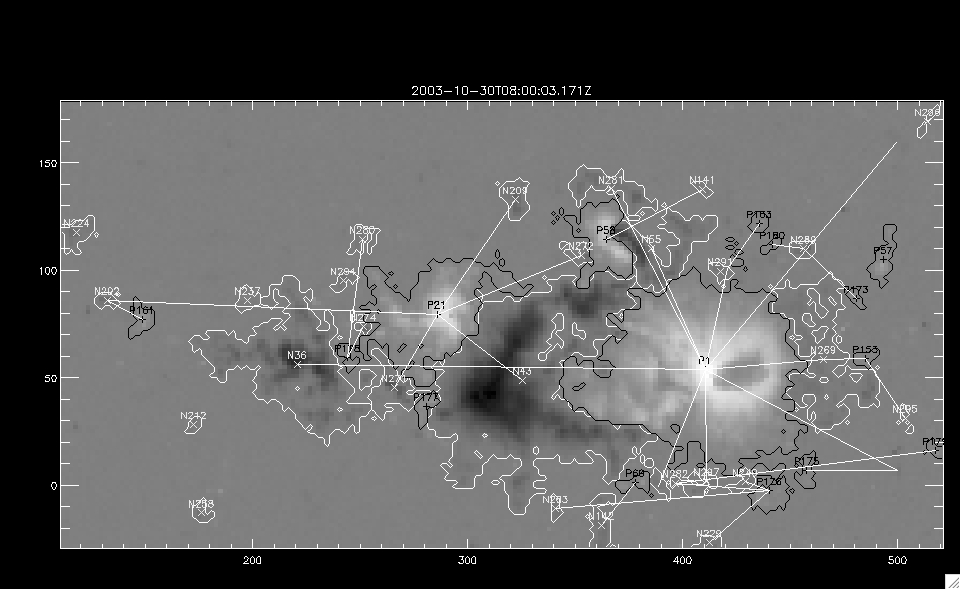
|
Data analysis with
Dana
Longcope
and
Lucas Tarr
|
Coronal Field Evolution Driven by Field Emergence
The Sun's magnetic field is created by the emergence of concentrated tubes
forming sunspots. The atmosphere above these regions is structured and energized
by the emerging field. In this project the student will analyze magnetic field emergency in
an active region, model the energy build up, and compare to the observed X-ray emission.
|
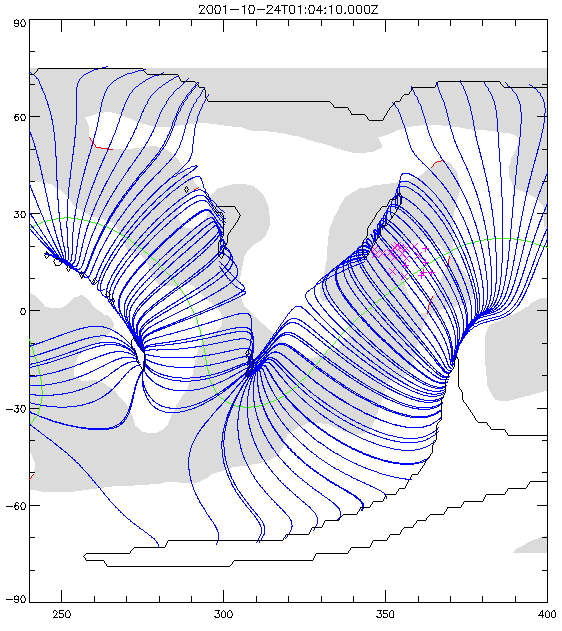
|
Data analysis with
Dana
Longcope
and
Jiong Qiu
|
Magnetic Connections to Space
The Sun's outer atmosphere, the corona, is structured by its magnetic field. Many of the coronal
field lines connect between sunspots on the solar surface; these are called closed file lines.
Regions of closed fields are separated by regions where magnetic field lines extend out to
interplanetary space, called open field regions. In this project the student will use a model of the
coronal magnetic field to predict where the open regions will be.
|

|
Data analysis with
Jiong
Qiu
and
Richard Canfield
|
Magnetic Reconnection in Solar Eruptive Events
Flares are spectacular manifestations of explosive energy release
in the Sun's atmosphere. It is understood that the energy to fuel
flares is provided by the Sun's magnetic fields, most probably
through a physical process called magnetic reconnection.
In this project, we will search for better understanding of energy release through
magnetic reconnection.
|
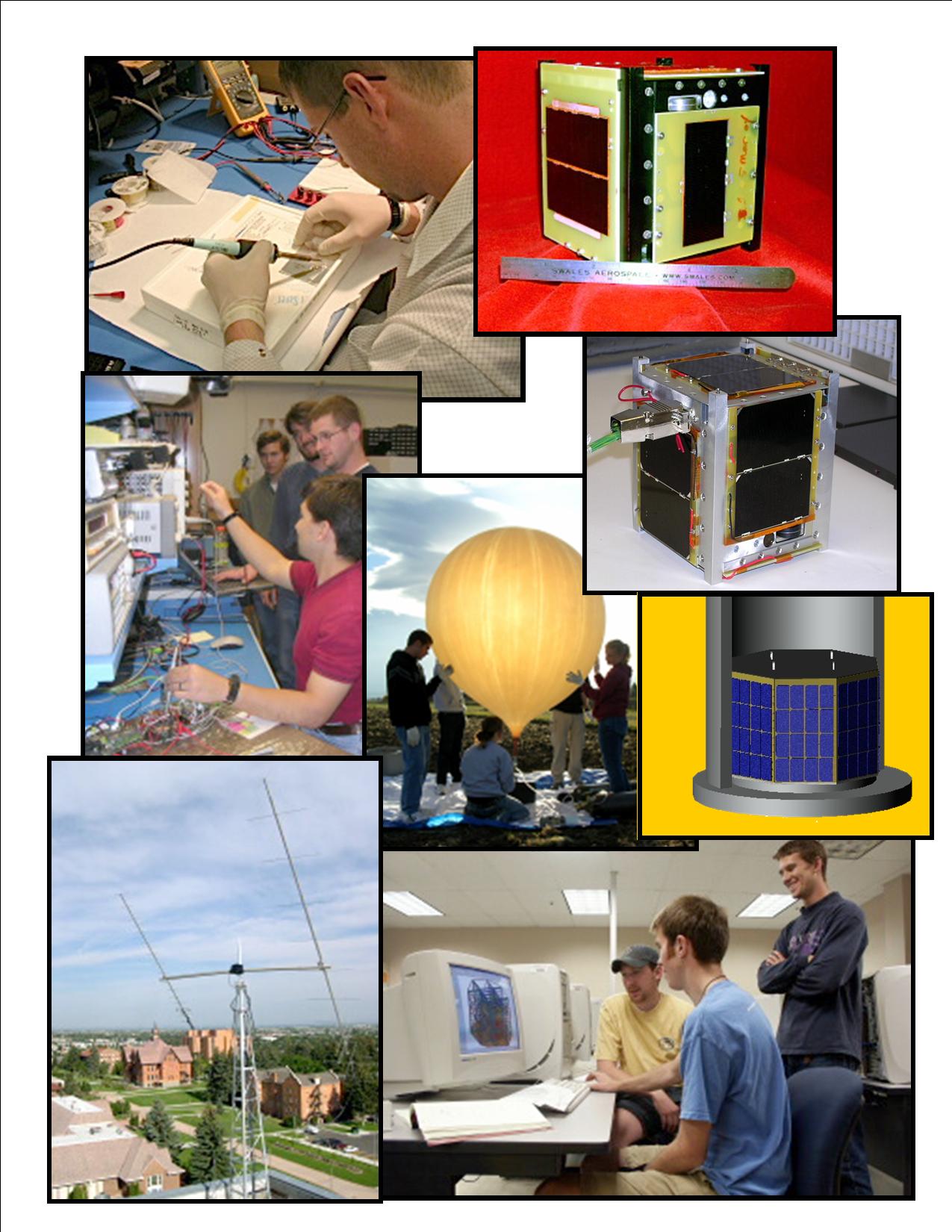
|
Hardware development with
David
Klumpar
|
Space Hardware Development: Space Flight Systems for Space Science
MSU's Space Science and Engineering Laboratory (SSEL) involves students in highly responsible
roles in science and engineering associated with the development of space flight systems for
scientific applications. The student(s) will develop spaceflight hardware through design,
development, and testing as a member of an interdisciplinary project student team. Participants must be U.S. citizens.
|
|

